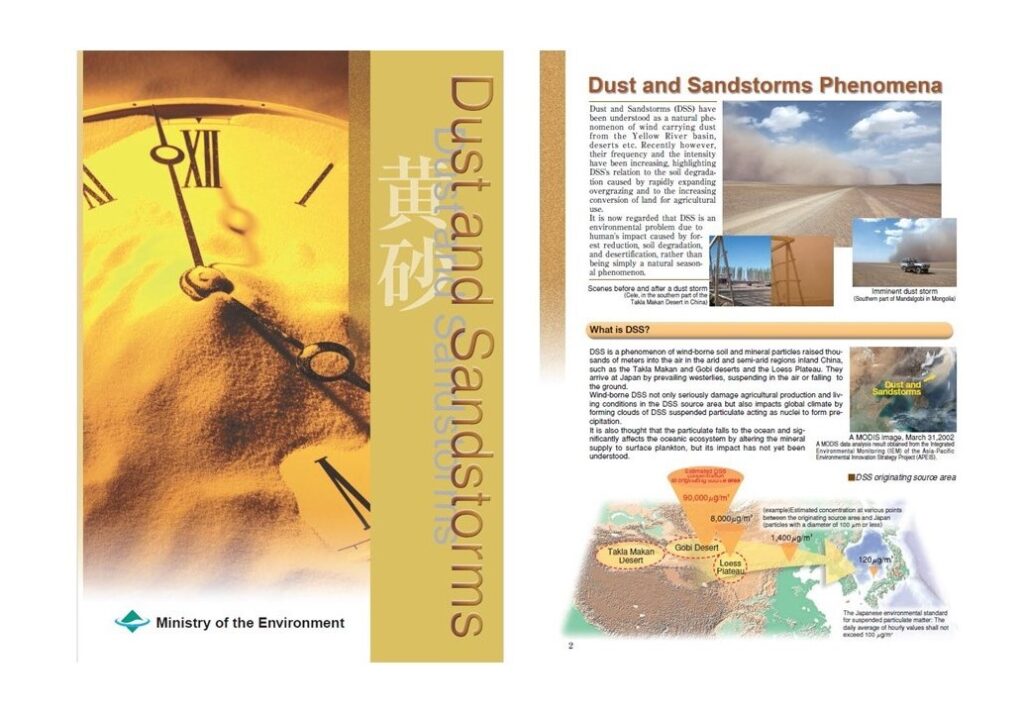いよいよ本格的な春の到来...ですが、この季節となると気になるのが「花粉症」そして「黄砂」。今回のブログ記事では、通訳も悩ませる花粉症や黄砂の英語表現等を紹介したいと思います。(Nicky ❤️🌿🐞🌿❤️によるPixabayからの画像)
花粉症
Hay fever
花粉症の英語表現は hay fever が一般的ですが、pollen allergy=花粉によるアレルギー とも言えますし、医療的な表現だと pollinosis とも言います。
hay とは本来「枯草」や家畜に与える「干し草」の事を指しました。fever は発熱または熱をこの場合は意味します。
つまり hay fever は、元々「干し草」等で引き起こされるアレルギー症状を指した言葉でしたが、現在は花粉やホコリ等で引き起こされる目のかゆみ、くしゃみ、鼻水、鼻づまり等を指す言葉となっています。
Hay fever, also called allergic rhinitis, causes cold-like symptoms. These may include a runny nose, itchy eyes, congestion, sneezing and sinus pressure. But unlike a cold, hay fever isn't caused by a virus. Hay fever is caused by an allergic response to a harmless outdoor or indoor substance the body identifies as harmful (allergen).
Common allergens that can trigger hay fever symptoms include pollen and dust mites. Tiny flecks of skin shed by cats, dogs, and other animals with fur or feathers (pet dander) also can be allergens.
https://www.mayoclinic.org/diseases-conditions/hay-fever/symptoms-causes/syc-20373039
花粉症の諸症状 / symptoms は、以下の様な英語で表現する事が出来ます。
- くしゃみ
Sneezing - 咳
Coughing - 鼻づまり
Blocked nose
Stuffy nose - 目のかゆみ / 涙目 / 充血
Itchy, watery, or red eyes - 止まらない鼻水
Runny nose - 喉 / 耳のかゆみ
Itchy throat or ears - 倦怠感
Fatigue
花粉症を知らない人から Why are you still wearing a face mask? / Why are Japanese people still wearing face masks? と聞かれたら For my hay fever. / For their allergies, in Japan it is good manners to wear a mask when congested. 等と答える事が出来ます。
congested は、この場合「鼻づまり」や「鼻水が止まらない」「くしゃみ」などの症状全般を指します。
from Cambridge dictionary
congested adjective
If you are or your nose is congested, you cannot breathe through your nose because it is blocked, usually during an infection.
Congested lungs or other body parts have become too full of blood or other liquid.https://dictionary.cambridge.org/dictionary/english/congested
黄砂
Dust and Sandstorms /
Sand and Dust Storms
春になると飛来する「黄砂」。気象庁のWebsiteには「黄砂」について以下の説明が掲載されています。
気象庁 Website
黄砂に関する基礎知識 より
黄砂現象とは、東アジアの砂漠域(ゴビ砂漠、タクラマカン砂漠など)や黄土地帯から強風により吹き上げられた多量の砂じん(砂やちり)が、上空の風によって運ばれ、浮遊しつつ降下する現象を指します。日本における黄砂現象は、春に観測されることが多く、時には空が黄褐色に煙ることがあります。https://www.jma.go.jp/jma/kishou/know/env/kosahp/4-4kosa.html
「黄砂」の英語表現をインターネットで検索をすると Yellow dust や Asian dust, China dust storms 等が表示されますが、環境省Website 黄砂対策ページ や、同省が配布している黄砂に関するパンフレットの英語版では Dust and Sandstorms(略記:DSS)と表記されています。
※Phenomena はこの場合「現象」を意味します。
環境省・黄砂パンフレットのご紹介&黄砂関連リンク集より

英語版資料 https://www.env.go.jp/content/000217260.pdf
「黄砂」は、黄土地帯から強風により砂塵(さじん)が飛来する事に由来する呼び名だそうです。
しかし、これをそのまま英語で Yellow dust とすると、文脈や状況によってはアジアに対する蔑称・差別的な表現と捉えられかねない場合もありますし、日本やアジアの状況に詳しくない相手の場合 Yellow dust =黄砂 と理解できない場合もあります。
分かりやすく、誤解を招かない英語表現としては、環境省が使用している dust and sandstorms や、国連機関等が使用している sand and dust storms 、または sandstorm や、PM2.5 などの呼び方でも知られる Particulate Matter 等があります。
from United States Environmental Protection Agency(EPA)
What is PM, and how does it get into the air?
PM stands for particulate matter (also called particle pollution): the term for a mixture of solid particles and liquid droplets found in the air. Some particles, such as dust, dirt, soot, or smoke, are large or dark enough to be seen with the naked eye. Others are so small they can only be detected using an electron microscope.https://www.epa.gov/pm-pollution/particulate-matter-pm-basics
季節が春とは限りませんが、砂漠域から砂塵が飛来するのは日本やアジアに限った現象ではありません。
アフリカのサハラ砂漠や中東のアラビア砂漠などの砂漠域からも砂塵は各地に飛来しており、世界150ヶ国以上に影響を及ぼしているとのこと。
from WMO website
Sand and dust storms page
Impact
Sand and dust storms are a weather-environmental-related phenomenon that affects more than 150 countries worldwide.In countries within or near desert dust sources, sand and dust storms severely compromise livestock, agriculture, and human health. Intense storms can also force the closing of roads and airports due to poor visibility, deteriorate infrastructure, and strongly affect commercial energy production.
因みに、国連機関である World Meteorological Organization / WMO(世界気象機関)や、World Health Organization / WHO(世界保健機関)では、この砂漠域から砂塵が飛来する問題を sand and dust storms (略記:SDS)と表現。
2023年には、国連が毎年7月12日を International Day of Combating Sand and Dust Storms に制定しています。
- Sand and dust storms (WMO)
- Sand and dust storms (11 July 2024 WHO)
- International Day of Combating Sand and Dust Storms, 12 July (United Nations)
通訳者を困らせる
花粉・黄砂
花粉や黄砂で引き起こされるアレルギー症状は、どんな仕事にも影響があると思いますが、会議やイベント、会見等で人が話す言葉を訳す通訳者にとっても、非常に厄介な問題です。
同時通訳の狭いブースの中や人前で、くしゃみや咳などを連発してしまっては大変ですし、鼻をかんだり、すする事も人前では憚られます。
また、話をする相手の話を聞き洩らさない様にしなければならないのに、諸症状により集中力が低下するのも困りものです。
薬を飲んで症状を緩和する事は出来ますが、そうすると今度は薬の副作用として眠気が襲ってきたり、クチが乾いたり(薬の強さや種類にもよりますが)...。
花が咲き、気温も暖かくなり、気分も高揚する季節の春なのに... 花粉症や黄砂によるアレルギーさえなければ...と思う人も多いのでは?
どうぞ皆様お大事になさってくださいませ。
(congerdesignによるPixabayからの画像)





